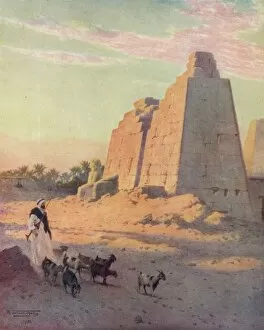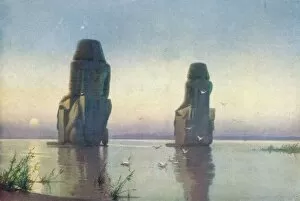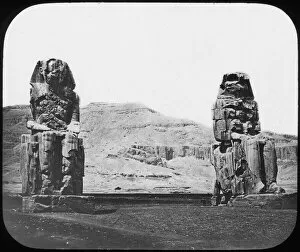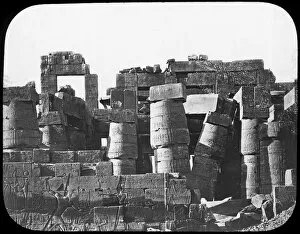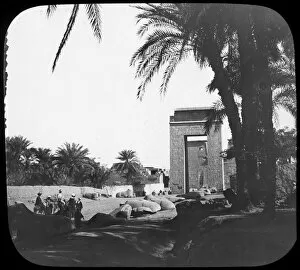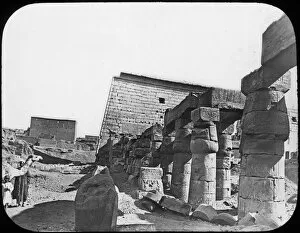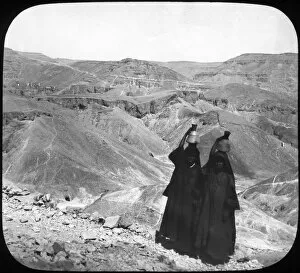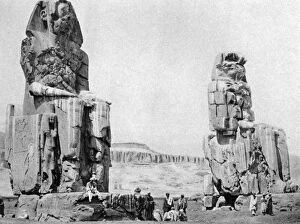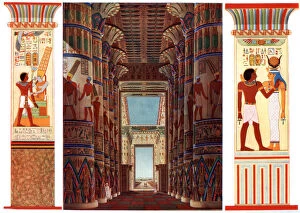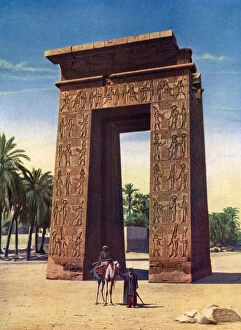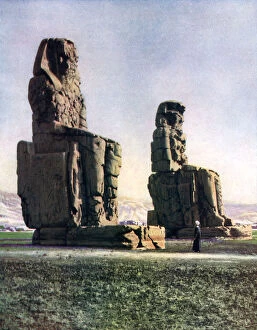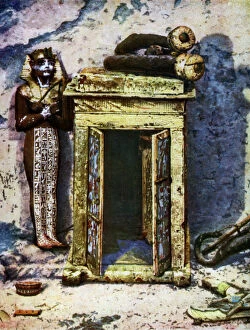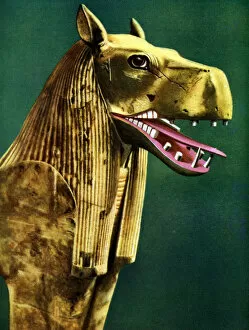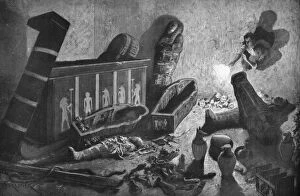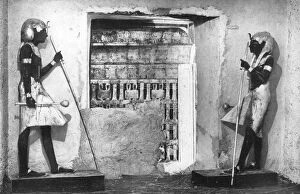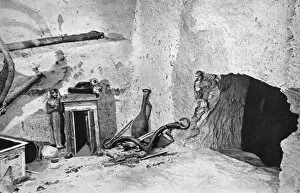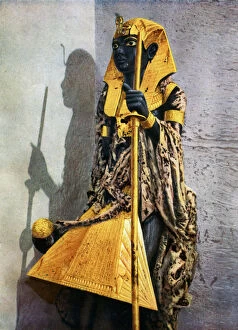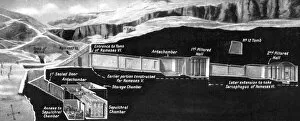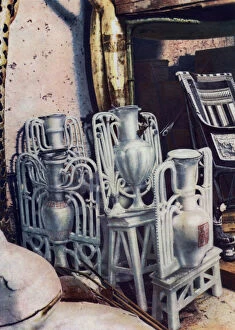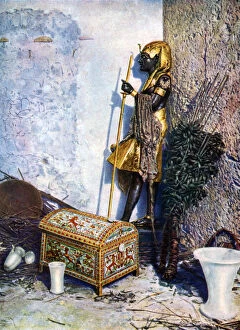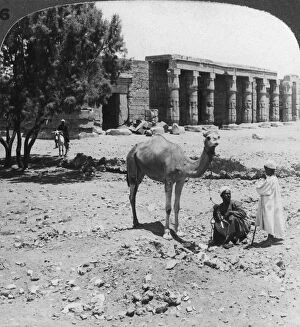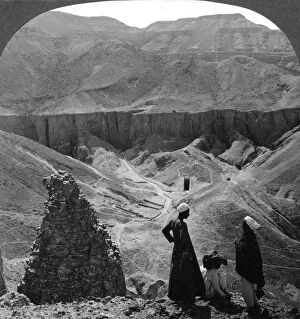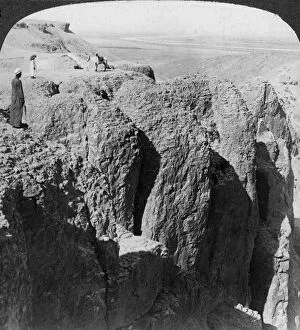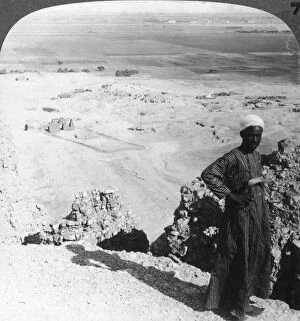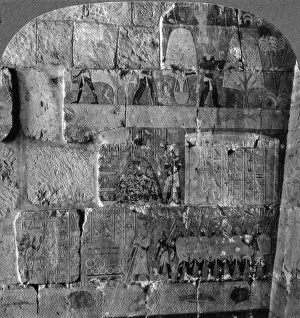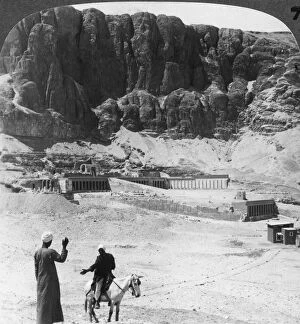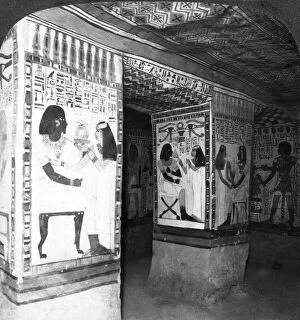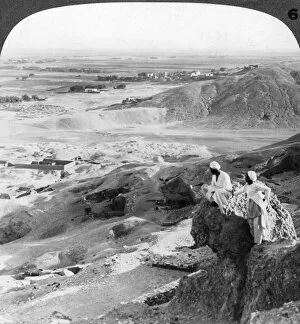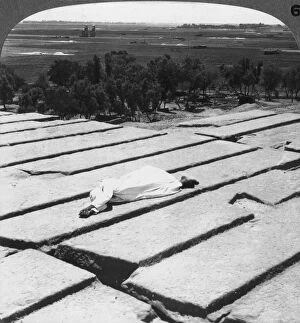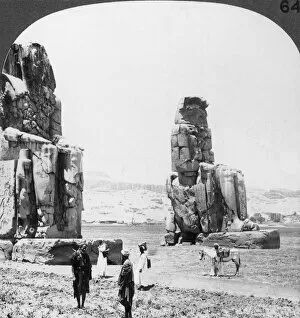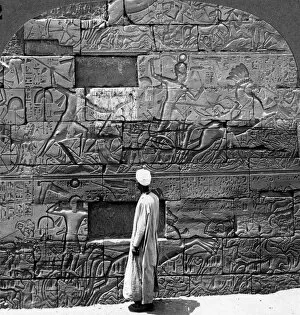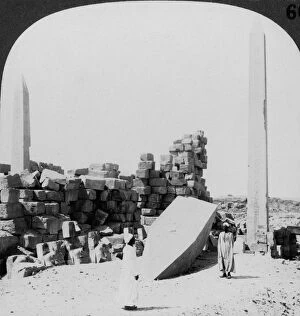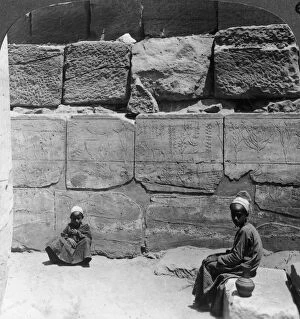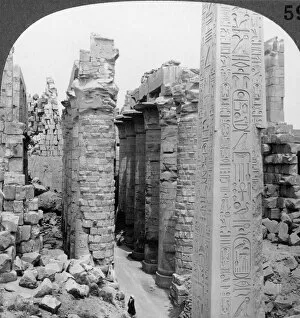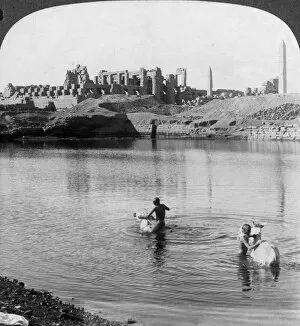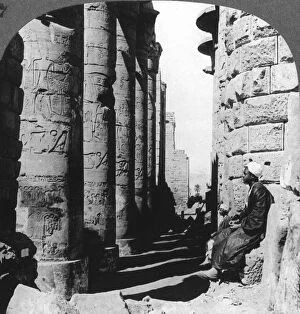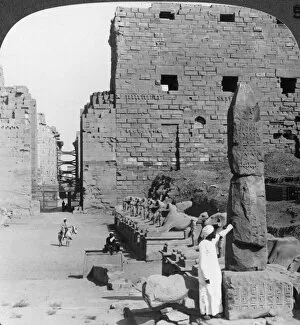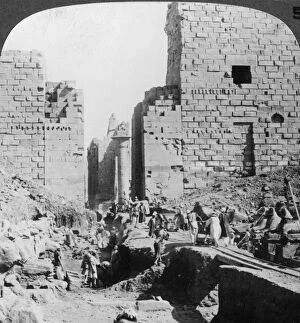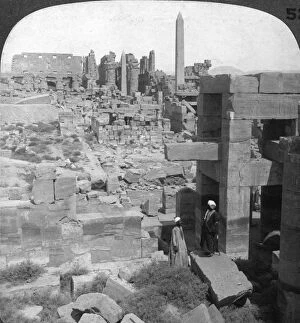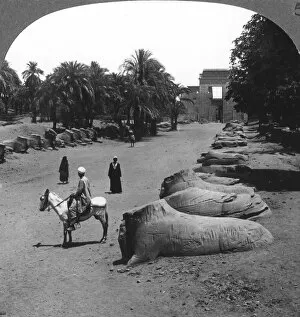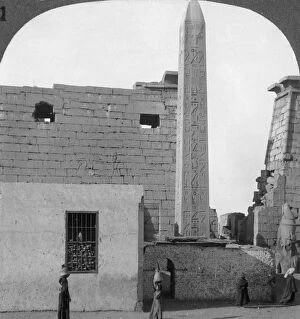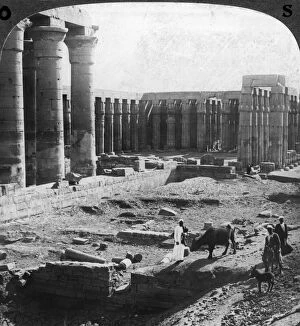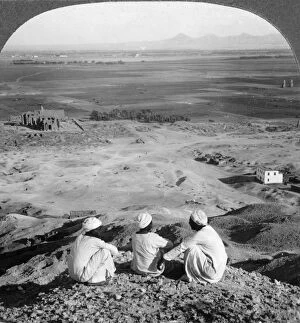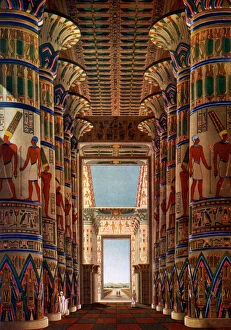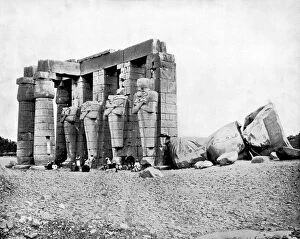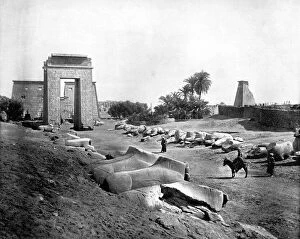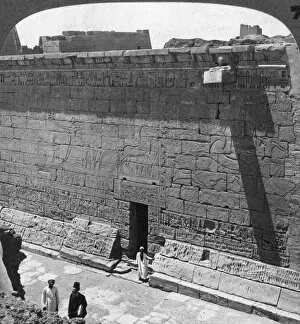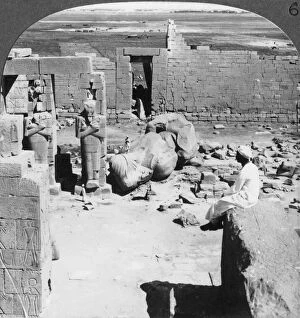Karnak Collection (page 8)
"Exploring the Mystical Temples of Karnak: A Journey through Ancient Egypt" Immerse yourself in the captivating world of Karnak
For sale as Licensed Images
Choose your image, Select your licence and Download the media
"Exploring the Mystical Temples of Karnak: A Journey through Ancient Egypt" Immerse yourself in the captivating world of Karnak, a UNESCO World Heritage Site that holds centuries of Egyptian history. As you wander through this magnificent complex, you'll encounter breathtaking sights and intriguing symbols. Amongst the towering structures stands a lone figure, surrounded by the grandeur of the Temples of Karnak. Here, one can feel the presence of Goddess Sekhmet, her power emanating from every stone and carving. As you delve deeper into this ancient realm, your eyes are drawn to a relief depicting a bee – an emblem representing Lower Egypt. This symbol reminds us of the intricate connections between nature and spirituality within Egyptian art. In awe-inspiring moments, men sit at the base of colossal columns in contemplation. These pillars stand as testaments to human ingenuity and devotion throughout time. The Great Pillars within Hypostyle Hall leave visitors spellbound with their sheer size and architectural brilliance. They serve as reminders that even thousands of years ago, humans possessed remarkable engineering skills. Moving further into Karnak Temple Complex, you discover the sacred Lake Amun - its tranquil waters reflecting centuries-old secrets whispered by ancient priests. Venturing beyond Thebes' great temple walls reveals more wonders awaiting exploration. The Temple of Khonsu beckons with its mystic allure; it is here that rituals were performed to honor this revered deity. Transporting yourself back in time to 1922 brings forth another marvel - Tutankhamun's Tomb in Valley of Kings. Gazing upon its antechamber evokes a sense of wonderment at how such treasures have survived millennia for us to witness today. Finally, fragments from Nebamun's tomb paintings offer glimpses into everyday life during Egypt's illustrious 18th Dynasty. These remnants remind us that behind grand temples lie stories etched on walls waiting patiently to be discovered.

